Jerk spices have been igniting taste buds for centuries, their zesty blend of heat and aromatic notes leaving an indelible mark on culinary adventures across the globe.
This fiery fusion of spices has woven its way through the tapestry of history, adapting to diverse cultures and evolving into a culinary phenomenon celebrated by food enthusiasts worldwide.
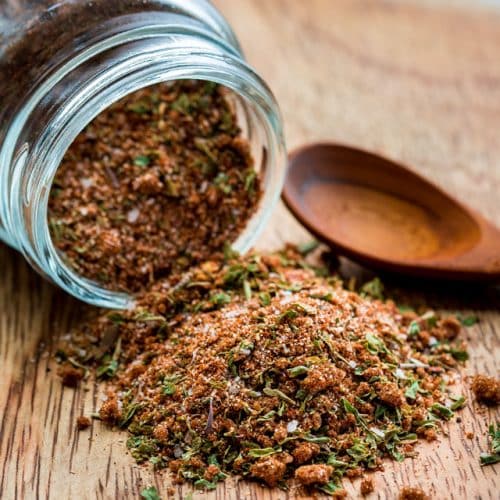
Beyond their mouth-watering allure, evolution of Jerk Spices carry a rich heritage that spans ancient civilizations, colonial trade routes, and modern-day fusion cuisine. From the indigenous peoples who first harnessed their potent flavors to the daring chefs who continue to push the boundaries of taste, this tantalizing blend has left an indelible mark on the world’s palate.
Evolution of Jerk Spices Through the Centuries
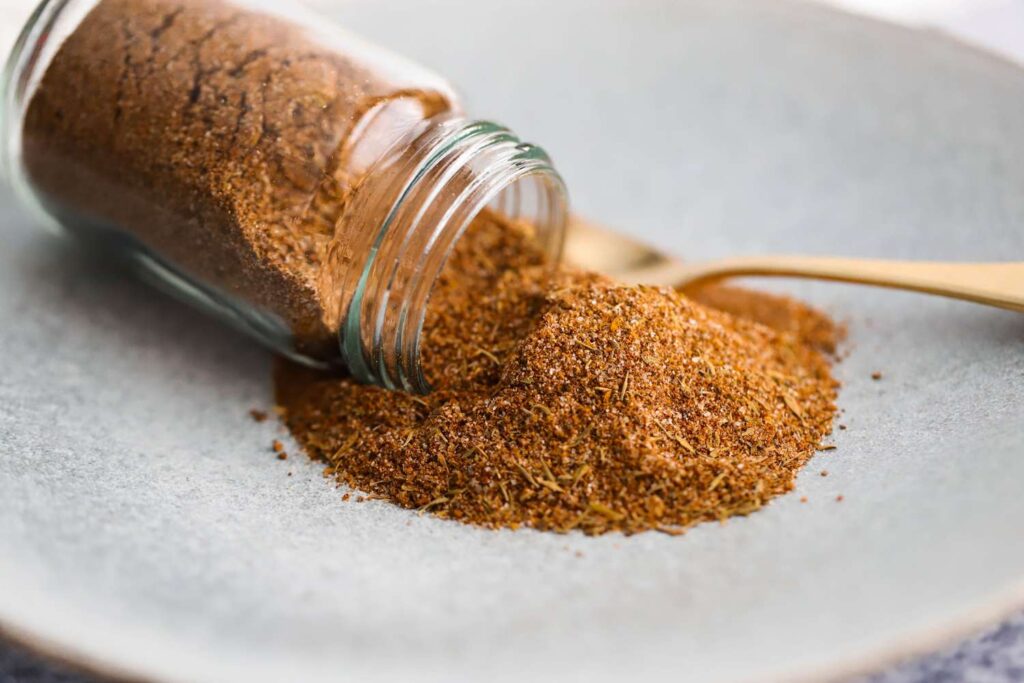
Medieval Times
In the age of kings and castles, jerk spices were a rare and prized commodity. They made their way to Europe through the daring exploits of merchants and explorers, becoming a symbol of luxury and status.
- Exotic Treasures: Spices like allspice, cloves, and peppercorns were highly valued for their intense flavors and ability to preserve foods.
- Lavish Banquets: Wealthy nobles and royalty would showcase their wealth by incorporating jerk spices into elaborate feasts and banquets.
- Famous Dishes: Dishes like the classic “Sauce Cameline,” a spicy and aromatic sauce made with cinnamon, ginger, and other jerk-like spices, graced the tables of the elite.
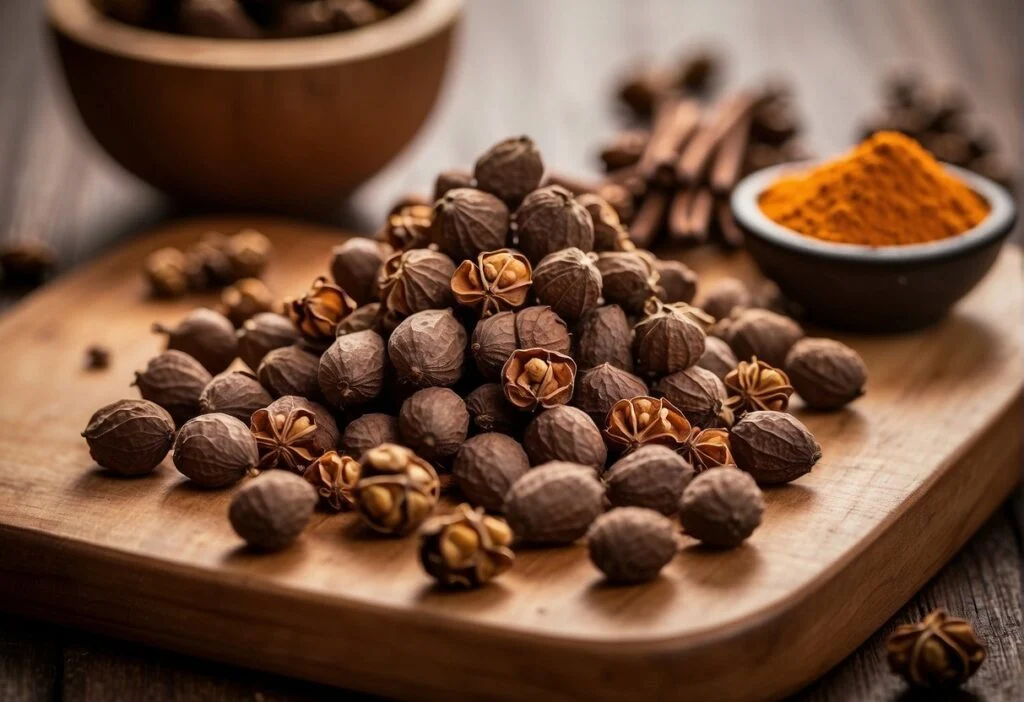
Colonial Era
As empires expanded and trade routes grew, jerk spices hitched a ride on ships bound for new lands. Colonists and settlers brought these fiery blends with them, adapting them to local ingredients and culinary traditions.
- Fusion Flavors: Jerk spices mingled with native chilies, herbs, and spices, creating unique fusion flavors in colonial kitchens.
- Plantation Influence: On Caribbean plantations, enslaved Africans incorporated jerk spices into their cooking, giving rise to iconic dishes like jerk chicken and jerk pork.
- Global Spread: As colonial powers expanded, jerk spices found their way into cuisines across the Americas, Asia, and beyond.
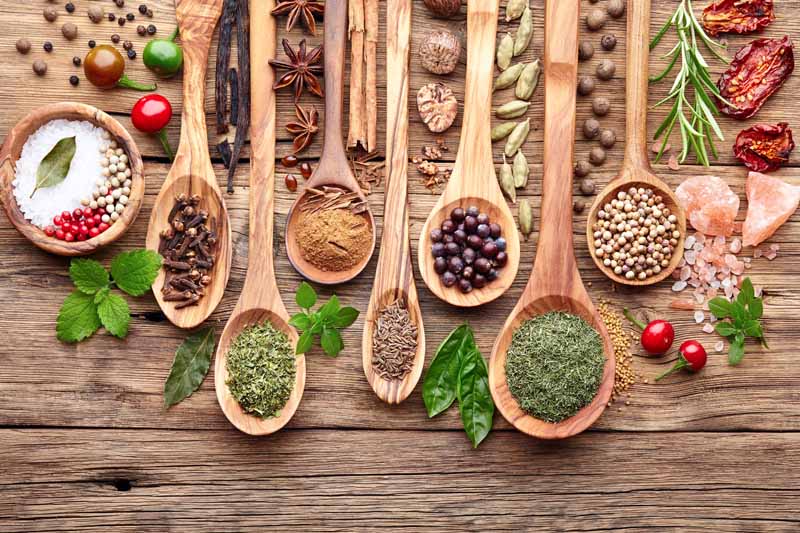
Modern Times
Today, jerk spices have achieved global stardom, appearing in everything from street food to haute cuisine. Their versatility and bold flavors have made them a favorite among adventurous eaters and culinary innovators.
- Fusion Frenzy: Chefs around the world are experimenting with jerk spices, creating exciting fusion dishes that blend global flavors.
- Jamaican Jerk: The iconic Jamaican jerk seasoning, a fiery blend of allspice, Scotch bonnet peppers, and other spices, has become a culinary ambassador for Caribbean cuisine.
- Celebrity Chefs: Renowned chefs like Levi Roots and Babita Sharma have popularized jerk spices through their cookbooks and TV shows, inspiring home cooks to explore these bold flavors.
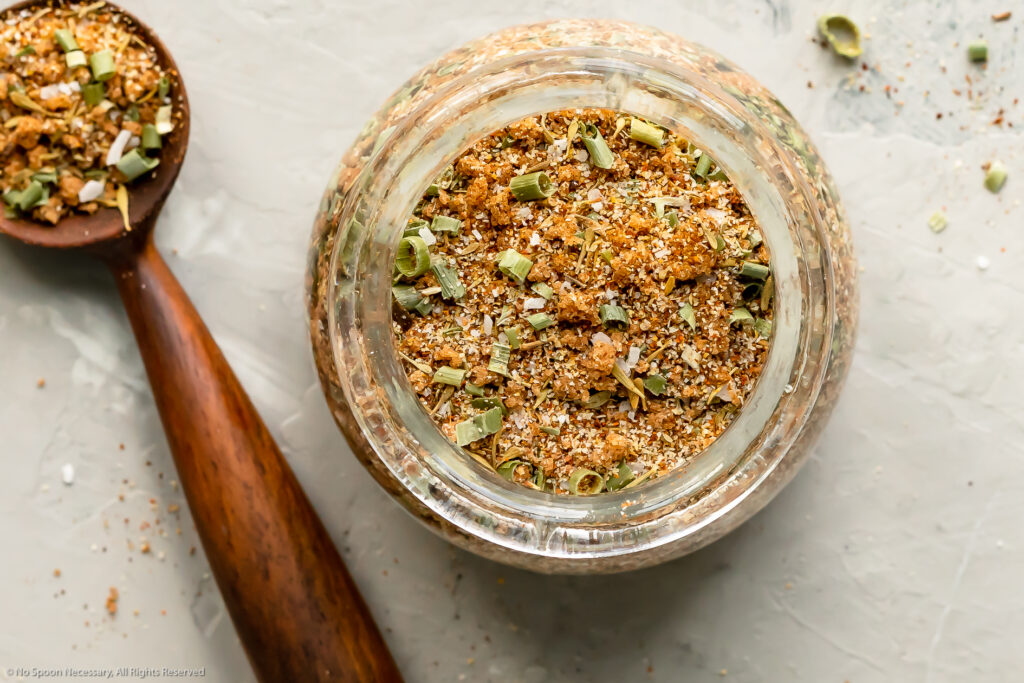
Essential Jerk Spices and Their Flavors
Allspice
The Spice with Many Flavors: Allspice is a true powerhouse in the world of jerk spices. This small, unassuming berry packs a punch with its complex flavor profile that combines notes of clove, cinnamon, nutmeg, and pepper.
- Jamaican Staple: Allspice is an essential ingredient in Jamaican jerk seasoning, providing a warm, woody base for the blend.
- Versatile Spice: Beyond jerk, allspice is used in a variety of cuisines, from Middle Eastern to Scandinavian, adding depth and complexity to savory and sweet dishes alike.
- Notable Dishes: Allspice shines in dishes like Jamaican jerk chicken, Swedish meatballs, and even baked goods like pumpkin pie.
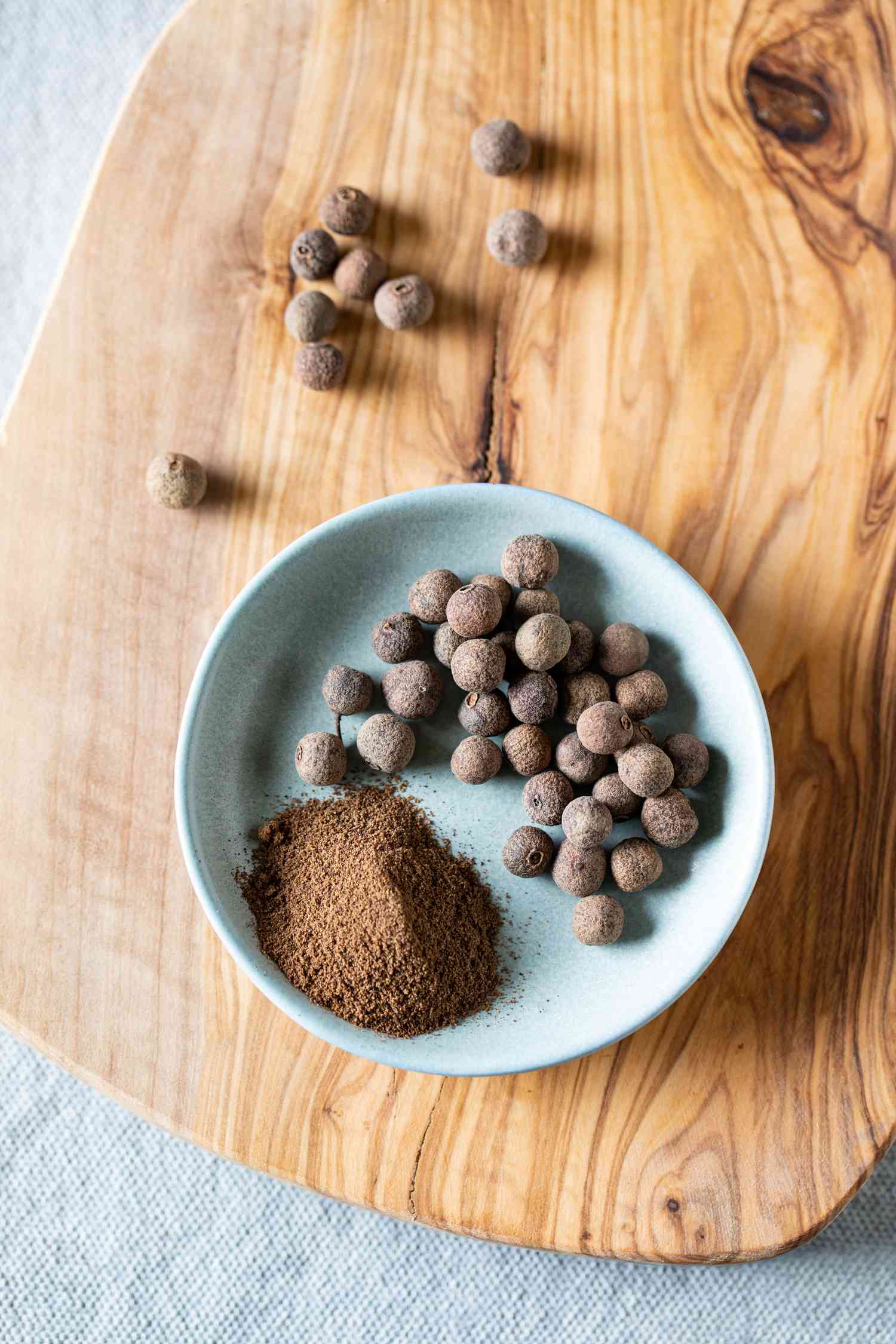
Scotch Bonnet Peppers
The Fiery Heart of Jerk: Scotch bonnet peppers are the true heat-bringers in jerk spice blends. These small yet potent chilies pack a serious punch with a fruity and slightly sweet flavor that lingers on the tongue.
- Caribbean Hotties: Scotch bonnets are a staple in Caribbean cuisine, particularly in Jamaica, where they are the pepper of choice for jerk seasoning.
- Scoville Scorchers: With a Scoville rating of 100,000 to 350,000 units, Scotch bonnets are among the hottest chilies in the world, rivaling the infamous habanero.
- Flavor Bombs: Despite their searing heat, Scotch bonnets also offer a distinct fruity and slightly sweet flavor that complements the other spices in jerk blends.
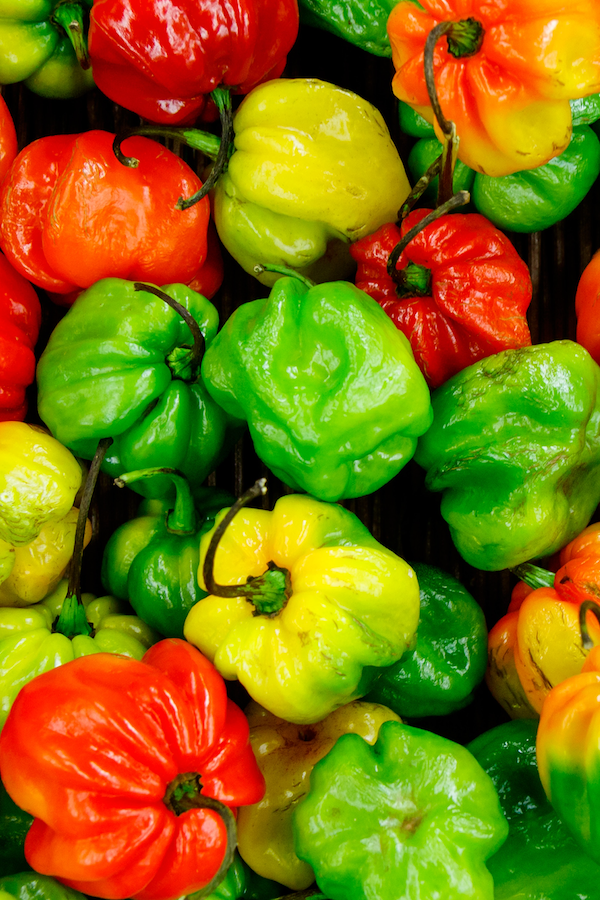
Other Common Jerk Spices
While allspice and Scotch bonnet peppers are the stars of the show, jerk spice blends often feature a supporting cast of aromatic spices that add depth and complexity to the flavor profile.
- Thyme: This woody herb lends an earthy, minty note that balances the heat and sweetness of jerk spices.
- Garlic and Onion: These pungent aromatics provide a savory backbone to jerk blends.
- Cinnamon and Nutmeg: These warm spices add a touch of sweetness and depth, complementing the other flavors.
- Cloves and Ginger: These bold spices contribute a warm, slightly bitter note that rounds out the blend.
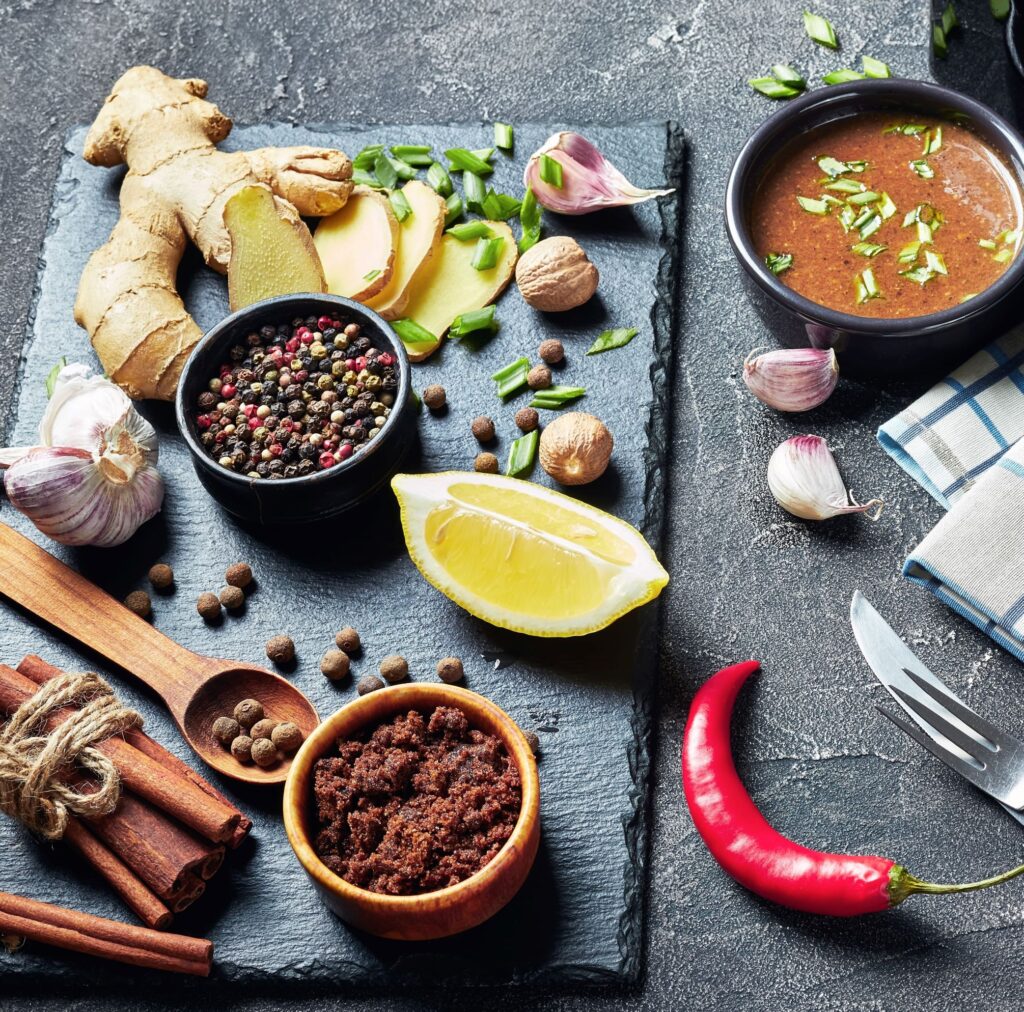
Final Analysis
From ancient ritual fires to modern fusion kitchens, jerk spices have blazed a trail through the centuries, leaving an indelible mark on global cuisine. Their evolution is a testament to the enduring power of flavor and the human spirit’s insatiable curiosity for bold, daring tastes.
Whether you’re a seasoned jerk aficionado or a newcomer to these fiery blends, one thing is certain: jerk spices are more than just a culinary adventure – they’re a celebration of history, culture, and the boundless creativity of the human palate.
So, the next time you fire up the grill or sizzle up a pan, don’t just season your dish – ignite it with the vibrant, soul-stirring flavors of jerk spices. Let their ancient magic transport you on a journey through time and across continents, one deliciously bold bite at a time.
FAQs
Disclosure: Our blog contains affiliate links to products. We may receive a commission for purchases made through these links. However, this does not impact our reviews and comparisons. We try our best to keep things fair and balanced, in order to help you make the best choice for you.
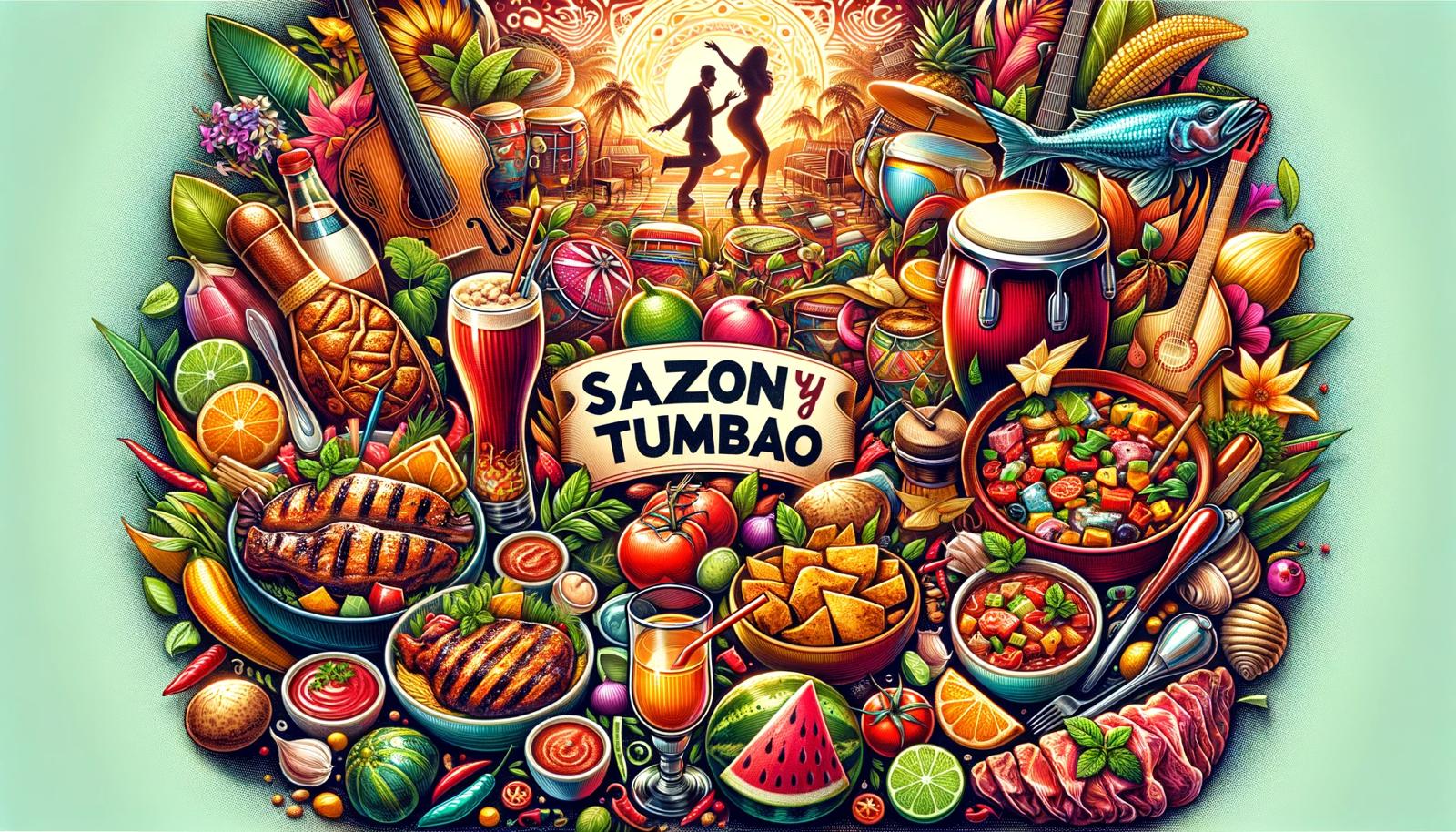
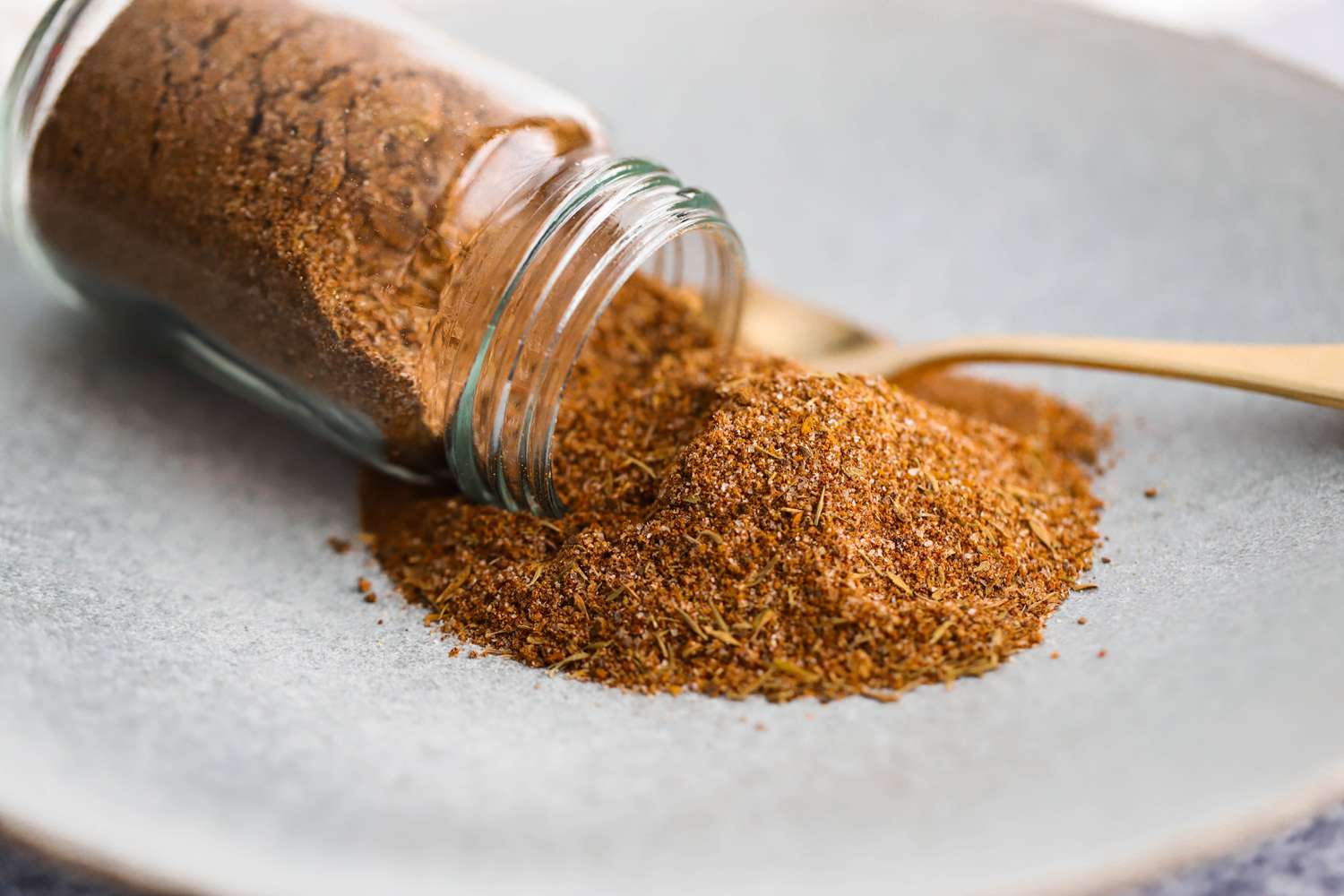
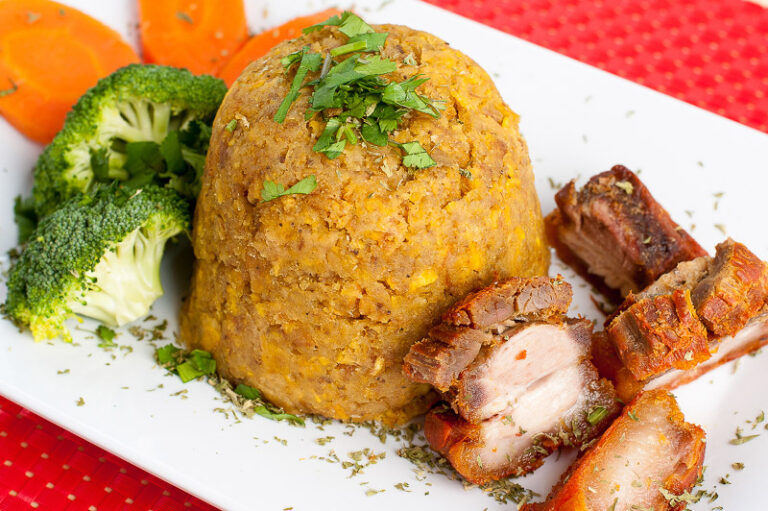
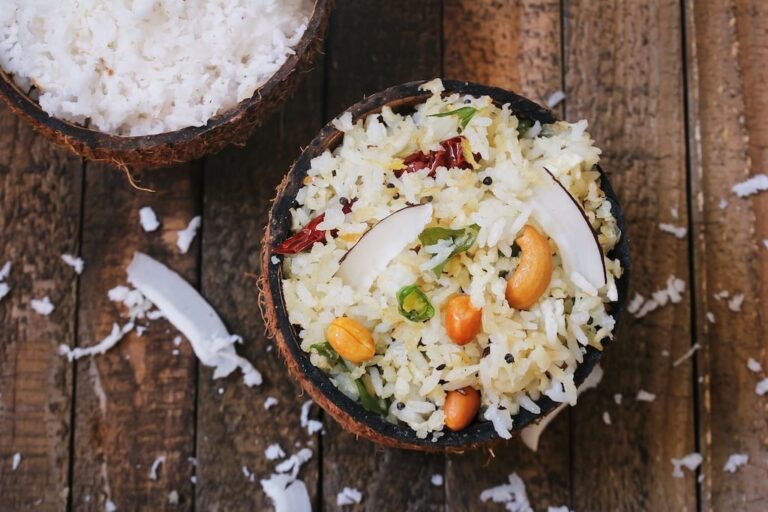
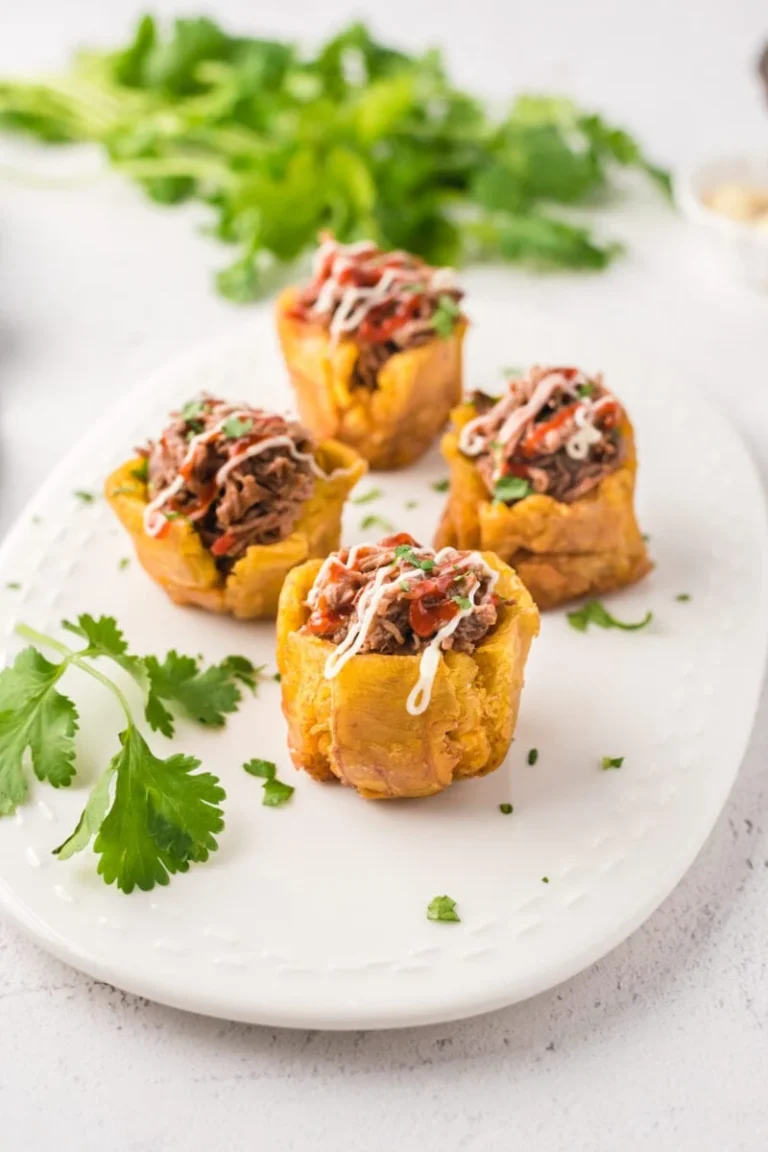

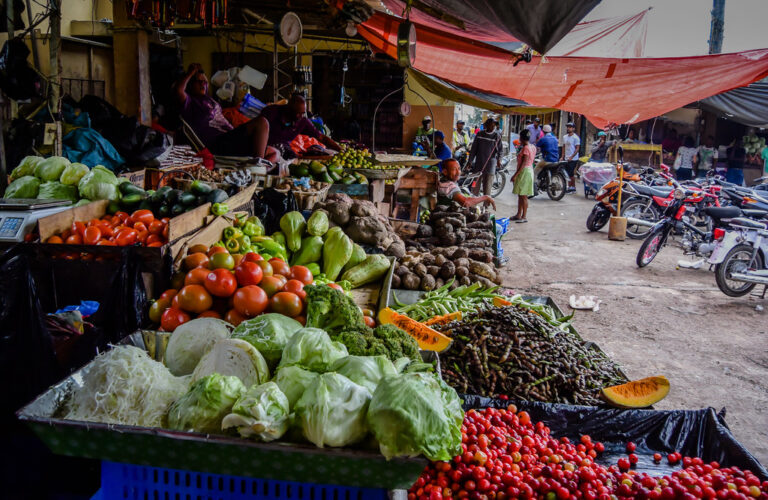

4 Comments